Related Research Articles

Greek is an independent branch of the Indo-European family of languages, native to Greece, Cyprus, Italy, southern Albania, and other regions of the Balkans, the Black Sea coast, Asia Minor, and the Eastern Mediterranean. It has the longest documented history of any Indo-European language, spanning at least 3,400 years of written records. Its writing system is the Greek alphabet, which has been used for approximately 2,800 years; previously, Greek was recorded in writing systems such as Linear B and the Cypriot syllabary. The alphabet arose from the Phoenician script and was in turn the basis of the Latin, Cyrillic, Coptic, Gothic, and many other writing systems.
Polyglotta Africana is a study published in 1854 by the German missionary Sigismund Wilhelm Koelle (1823–1902), in which the author compares 280 words from 200 African languages and dialects. As a comparative study it was a major breakthrough at the time.
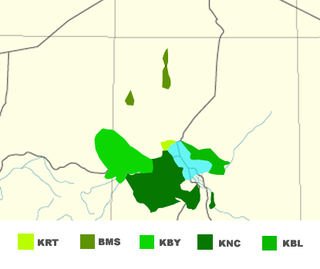
Kanuri is a dialect continuum spoken in Nigeria, Niger, Chad and Cameroon, as well as by a diaspora community in Sudan.
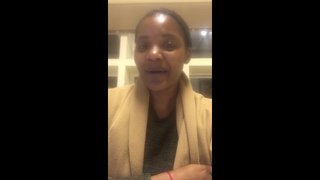
Lozi, also known as siLozi and Rozi, is a Bantu language of the Niger–Congo language family within the Sotho–Tswana branch of Zone S (S.30), that is spoken by the Lozi people, primarily in southwestern Zambia and in surrounding countries. This language is most closely related to Northern Sotho, Tswana (Setswana), Kgalagari (SheKgalagari) and Sotho. Lozi, sometimes written as Rotse, and its dialects are spoken and understood by approximately six per cent of the population of Zambia. Silozi is the endonym as defined by the United Nations. Lozi is the exonym.
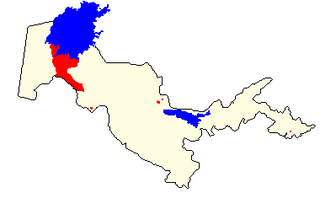
Karakalpak is a Turkic language spoken by Karakalpaks in Karakalpakstan. It is divided into two dialects, Northeastern Karakalpak and Southwestern Karakalpak. It developed alongside Nogai and neighbouring Kazakh languages, being markedly influenced by both. Typologically, Karakalpak belongs to the Kipchak branch of the Turkic languages, thus being closely related to and highly mutually intelligible with Kazakh and Noghai.
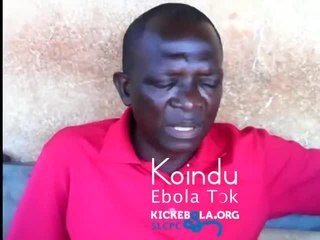
The Sierra Leonean Creole or Krio is an English-based creole language that is lingua franca and de facto national language spoken throughout the West African nation of Sierra Leone. Krio is spoken by 96 percent of the country's population, and it unites the different ethnic groups in the country, especially in their trade and social interaction with each other. Krio is the primary language of communication among Sierra Leoneans at home and abroad, and has also heavily influenced Sierra Leonean English. The language is native to the Sierra Leone Creole people, or Krios, a community of about 104,311 descendants of freed slaves from the West Indies, Canada, United States and the British Empire, and is spoken as a second language by millions of other Sierra Leoneans belonging to the country's indigenous tribes. Krio, along with English, is the official language of Sierra Leone.
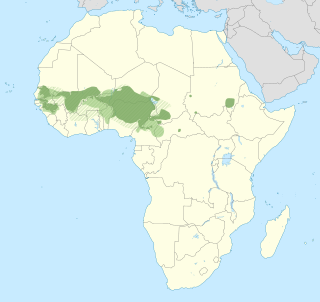
Fula, also known as Fulani or Fulah, is a Senegambian language spoken by around 36.8 million people as a set of various dialects in a continuum that stretches across some 18 countries in West and Central Africa. Along with other related languages such as Serer and Wolof, it belongs to the Atlantic geographic group within Niger–Congo, and more specifically to the Senegambian branch. Unlike most Niger-Congo languages, Fula does not have tones.
The Bullom So language, also called Mmani, Mani, or Mandingi, is an endangered language currently spoken in a few villages in Samu region of Sierra Leone's Kambia District, near the border of Guinea. It belongs to the Mel branch of the Niger–Congo language family and is particularly closely related to the Bom language. Intermarriage between Bullom So speakers and speakers of Temne and Susu is common. As the few remaining speakers of Bullom So are all over 60, the language is considered moribund.

Mende is a major language of Sierra Leone, with some speakers in neighboring Liberia and Guinea. It is spoken by the Mende people and by other ethnic groups as a regional lingua franca in southern Sierra Leone. In southern Sierra Leone, it is the regional lingua franca that allows all tribes to communicate.

The Vai are Mandé peoples that live mostly in Liberia, with a small minority living in south-eastern Sierra Leone. The Vai are known for their indigenous writing system known as the Vai syllabary, developed in the 1820s by Momolu Duwalu Bukele and other Vai elders. Over the course of the 19th century, literacy in the writing system became widespread. Its use declined over the 20th century, but modern computer technology may enable a revival.
The Bassa language is a Kru language spoken by about 600,000 Bassa people in Liberia, Ivory Coast, and Sierra Leone.
Momolu Duwalu Bukele was the inventor of the Vai syllabary used for writing the Vai language of Liberia—one of several African languages to develop its own writing system.
The Manenguba languages, also known as the Mbo cluster, are a group of closely related Bantu languages spoken on and around the Manenguba mountain range in south-western Cameroon.
Sigismund Wilhelm Koelle or Kölle was a German missionary working on behalf of the London-based Church Missionary Society, at first in Sierra Leone, where he became a pioneer scholar of the languages of Africa, and later in Constantinople. He published a major study in 1854, Polyglotta Africana, marking the beginning of serious study by Europeans of African languages.
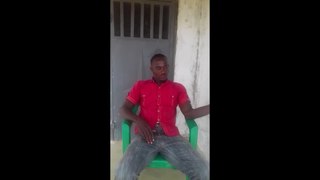
The Kpelle language is spoken by the Kpelle people of Liberia, Guinea and Ivory Coast and is part of the Mande language family. Guinean Kpelle, spoken by half a million people, is concentrated primarily, but not exclusively, in the southeastern forest regions of Guinea bordering Liberia, Ivory Coast, and Sierra Leone. Half a million Liberians speak Liberian Kpelle, which is taught in Liberian schools.

The writing systems of Africa refer to the current and historical practice of writing systems on the African continent, both indigenous and those introduced.

The Mende Kikakui script is a syllabary used for writing the Mende language of Sierra Leone.
Gola is a language of Liberia and Sierra Leone. It was traditionally classified as an Atlantic language, but this is no longer accepted in more recent studies.
The Gallinas people is a name applied to an ethnic group in eastern Sierra Leone, which formerly existed as an independent kingdom.
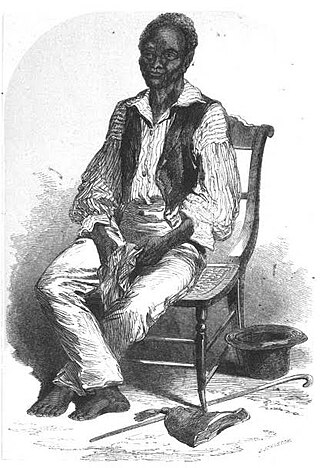
Ali Eisami Gazirmabe of Bornu, later known as William Harding, was a Kanuri man liberated from slavery by the British Royal Navy. Afterwards, he lived in Sierra Leone and worked with the German missionary Sigismund Koelle in creating a Kanuri grammar. In addition, Koelle recorded Eisami's stories of his life, composing a short memoir of his enslavement; Koelle refers to the Kanuri man as "Ali Eisami Gazirma", that is, Ali, whose mother was Eisa, from Gazir.
References
- ↑ Vai at Ethnologue (18th ed., 2015) (subscription required)
- ↑ Ethnologue report for Vai
- ↑ "Report of Messrs. Wilson and Wynkoop". Missionary Herald. June 1834. p. 215.
- ↑ "A Written language in Western Africa". The New-Jerusalem Magazine. A. Howard. 23 (10): 431. 1850.
- ↑ Welmers, William (1976). A Grammar of Vai . University of California Press.
- ↑ "UDHR - Vai". unicode.org. Retrieved 2023-01-31.